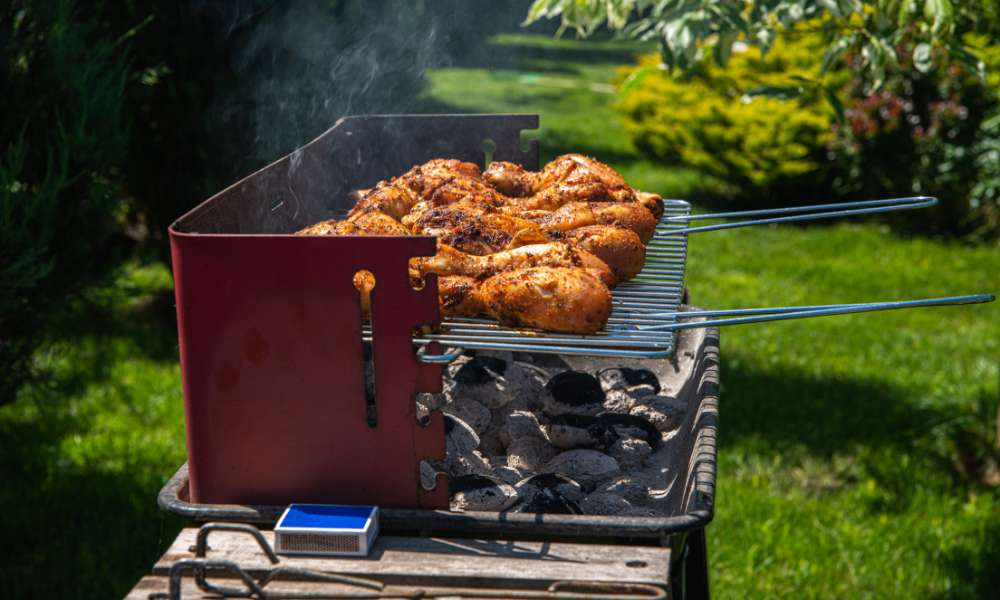Embarking on a project to build an outdoor barbecue grill not only enhances your backyard’s aesthetic but also transforms your outdoor cooking experience, offering a plethora of benefits that cater to both culinary enthusiasts and casual grillers alike. Learning how to build an outdoor barbecue grill is a rewarding endeavor that empowers homeowners with a customizable cooking station while significantly elevating their entertainment and dining experience under the open sky. This comprehensive guide ensures that you grasp the importance of design choices, materials, and safety considerations, guiding you through each step with clarity and precision. By dedicating time to this project, you not only gain a functional outdoor asset but also invest in moments of joy and togetherness with friends and family.
What Materials Are Best For Building A Barbecue Grill?
For the cooking surface, cast iron or stainless steel grates are commonly used due to their ability to retain heat and create those coveted grill marks on food. Cast iron grates require seasoning to prevent rusting, but they provide excellent heat retention and even cooking. Stainless steel grates are low maintenance and easy to clean, making them a practical choice for outdoor barbecues.
Do I Need A Permit To Build An Outdoor Barbecue Grill?
Yes, in most cases, you will need a permit to build an outdoor barbecue grill. The specific requirements for obtaining a permit can vary depending on your location and the local building codes and regulations. It is important to check with your city or county government office to determine the exact permit requirements for constructing an outside barbecue griddle on your property.
Are There Any Safety Considerations When Building A Barbecue Grill?
It is crucial to follow all manufacturer’s instructions and guidelines when assembling and using the barbecue griddle. This includes proper installation of gas lines, regular cleaning and maintenance of the grill, and ensuring that all components are in good working condition. It is also recommended to have a fire extinguisher nearby in case of emergencies and to never leave the griddle unattended while in use. By following these safety considerations, you can enjoy your outdoor barbecue experience while minimizing any potential risks.
Types Of Outdoor Barbecue Grills
1. Gas Grills
Gas grills are celebrated for their ease of use and instant heat control. Perfect for those who value convenience and quick cooking times, they use either propane or natural gas as fuel. Building a gas griddle into your outdoor kitchen requires a gas line connection, which should be installed by a professional to ensure safety. Their versatility makes them a popular choice for many outdoor chefs.
2. Charcoal Grills
For enthusiasts of traditional grilling, charcoal grills provide that authentic smoky flavor unmatched by other types. Building a charcoal griddle involves creating a durable structure that can hold the charcoal and withstand high temperatures. These grills appeal to purists who enjoy the ritual of lighting and tending to the charcoal, adding a distinct charred taste to foods that many grillers love.
3. Pellet Grills
Pellet grills have gained popularity for their ability to combine the convenience of electric griddles with the flavor profile of charcoal griddles. They use wood pellets for fuel and an electric mechanism to feed these pellets into the fire, allowing for precise temperature control. Building a pellet griddle setup in your backyard offers a modern twist on traditional barbecue, delivering both smoky flavors and the ease of use.
4. Electric Grills
Electric grills are the go-to for those with limited space or restrictions on open flames. Ideal for balconies or indoor settings, they require access to an electrical outlet. While they may not offer the traditional barbecue flavor, electric griddles are incredibly convenient for quick, smokeless cooking. Incorporating an electric griddle into your outdoor area can provide a hassle-free grilling option that still delivers delicious results.
Marking Out The Dimensions Of The Grill
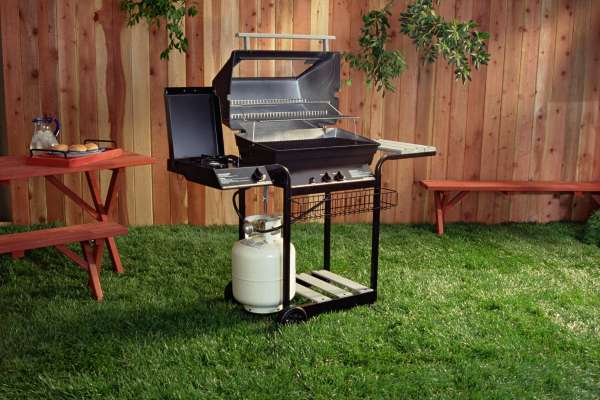
Before diving into the process of building an outdoor barbecue grill, it is crucial to mark out the dimensions accurately. The size of your grill will determine its functionality and overall performance. Consider factors such as the cooking area, height of the griddle, and space for storage or preparation. By carefully measuring out these dimensions, you can ensure a well-balanced and efficient grilling experience.
Building The Frame For The Base
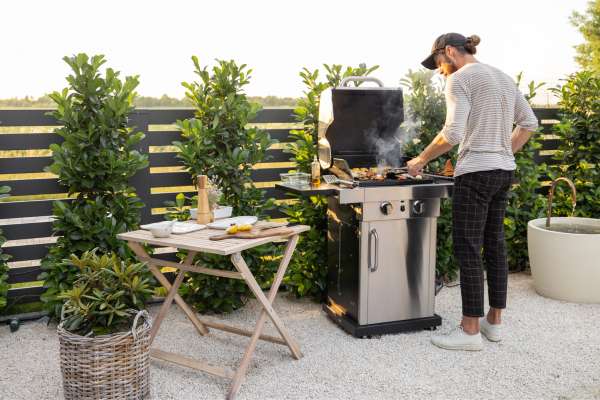
To build the frame for the base of your outdoor barbecue, it is essential to start by selecting quality materials that can withstand the elements. Opting for treated lumber or metal studs will ensure a sturdy structure that can support the weight of the griddle and other components. Remember to measure carefully and cut your pieces with precision to achieve a seamless fit during assembly.
Installing Shelves Or Countertops
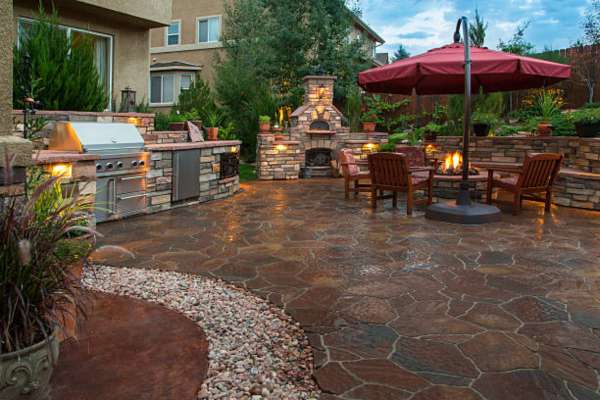
Adding shelves or countertops to your outside barbecue grill not only enhances its functionality but also provides valuable workspace for cooking and preparation. Materials like stone, stainless steel, or weather-resistant wood can be used, depending on your budget and aesthetic preferences. Measure and cut your materials to fit the designated space on your base frame, ensuring a snug and secure fit. These surfaces can be used to hold cooking tools, plates, and seasonings, making your grilling experience more convenient and enjoyable.
Constructing The Grill Pit
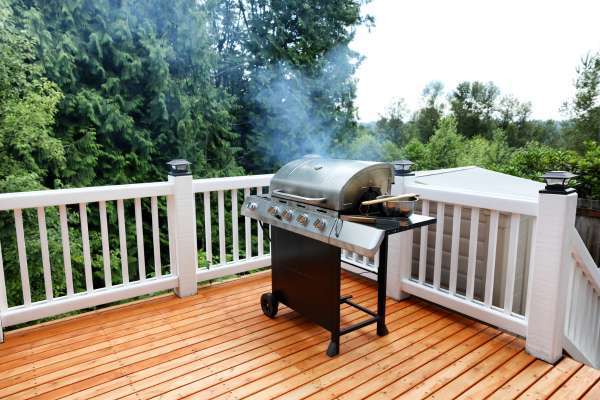
The heart of the project is constructing the grill pit, where the actual cooking will take place. This involves selecting a griddle insert that fits within the dimensions of your frame and meets your cooking requirements. The pit construction varies, ranging from a simple charcoal bed to a more sophisticated gas or electric griddle setup. The key is to ensure proper ventilation and heat management, which can be achieved through careful placement of vents and the use of heat-resistant materials. Once installed, the griddle pit should offer a safe, efficient, and enjoyable cooking experience.
Decorating The Grill Area
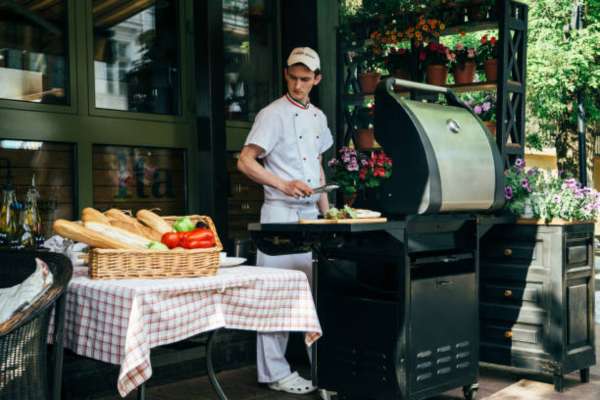
Decorating the grill area is an essential step in creating a welcoming and functional outdoor barbecue space. By integrating aesthetic elements that complement your home’s exterior and choosing durable, weather-resistant materials, you can create a visually appealing and practical area. Consider adding outdoor lighting to extend the usability of your grill area into the evening, and think about incorporating seating options for guests to relax while food is being prepared. Landscaping around the griddle area with plants that can withstand the heat and smoke from the barbecue can also enhance the overall atmosphere. This attention to detail not only elevates the experience of cooking outdoors but also turns your barbecue griddle into a focal point for social gatherings.
Legal Regulations And Compliance
1. Zoning Laws
Zoning laws play a crucial role in determining where and how you can build an outdoor barbecue grill on your property. Understanding these regulations is essential to ensure compliance and avoid any potential legal issues. Different zoning ordinances may restrict the location, size, and design of outdoor grills based on factors such as setbacks, noise levels, and smoke emissions.
2. Noise Ordinances
Although less directly related to the construction of your barbecue grill, being mindful of noise ordinances is essential, especially if your outdoor cooking will accompany lively gatherings. Noise ordinances vary widely by location but generally aim to limit disruptions to neighbors, particularly during night-time hours. Understanding these rules helps in planning your outdoor activities around your griddle, ensuring that your celebrations do not sour your relationships with neighbors or attract unwelcome attention from local authorities.
3. Health And Safety Regulations
The cornerstone of building an outside barbecue grill is ensuring it meets health and safety standards. This encompasses a range of considerations, from the griddles design ensuring proper ventilation to prevent smoke hazards, to the materials used being fire-resistant and safe for food preparation. Adhering to health and safety regulations not only protects you and your guests but also ensures that your griddle stands the test of time, providing a safe, functional centerpiece for your outdoor space for years to come.
Scaling Up For Larger Gatherings
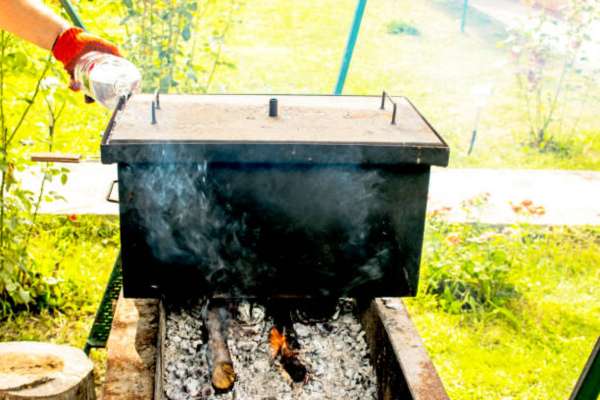
Scaling up the design to accommodate larger groups ensures that everyone gets to enjoy your delicious grilled dishes without long waits. This might involve opting for a larger grill surface, incorporating multiple cooking zones for different types of food, or even including additional features like a smoker or pizza oven. Planning for storage space for utensils, condiments, and serving dishes can also keep the area organized and functional. By anticipating the needs of larger gatherings, you can design a barbecue griddle area that’s not only versatile but also a joy to use, making every gathering a memorable event.
Testing The Grill For Functionality
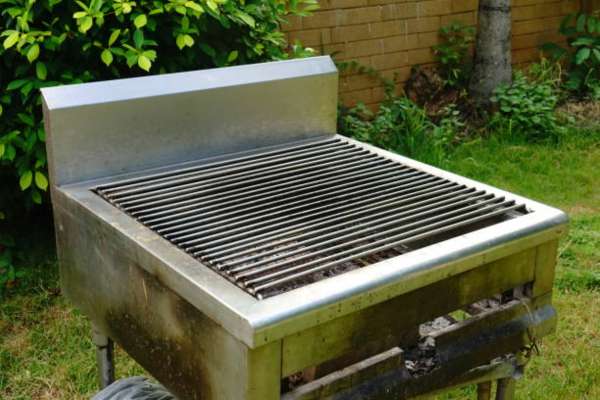
After building your outside barbecue grill, testing it for functionality is crucial to ensure everything works as intended. Begin by checking that all components are securely installed and that the griddle reaches the desired temperatures evenly across its surface. It’s also important to test any additional features, such as side burners or rotisseries, to confirm they operate smoothly. Conducting a dry run with a variety of foods can help you get a feel for the grill’s performance and make any necessary adjustments. This testing phase not only guarantees the safety and efficiency of your griddle but also gives you the confidence to cook for your guests with ease.
The Final Thought
Building your own outdoor barbecue grill can be a rewarding and enjoyable project that enhances your outdoor living space. By following the steps outlined in this article, you can create a customized grill that suits your needs and preferences. Remember to prioritize safety while working with tools and materials, and always consult professional help if needed. Once completed, your homemade barbecue grill will provide you with countless opportunities for outdoor cooking and entertaining. Embrace the satisfaction of creating something with your own hands and enjoy the delicious meals that come from your new griddle setup.
